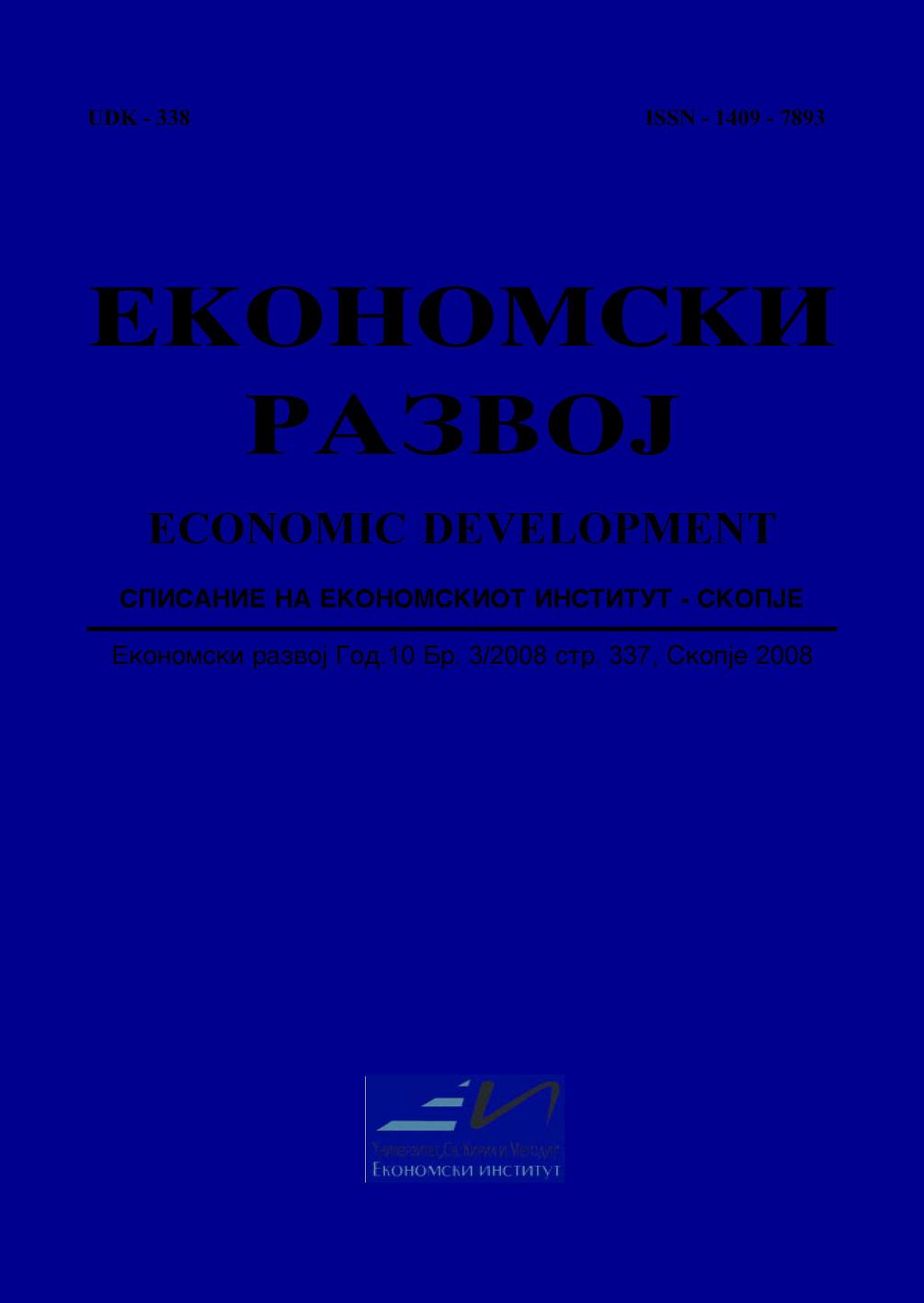ЗОНА НА СЛОБОДНА ТРГОВИЈАВО РЕГИОНОТ НА ЈУГОИСТОЧНА ЕВРОПА
FREE TRADE AREA OF THE SOUTH EASTERN EUROPEAN REGION
Author(s): Iskra Stanceva-GivovSubject(s): Economy
Published by: Економски институт - Скопје
Keywords: integration; regional trade; free trade area; CEFTA agreement; trade liberalisation
Summary/Abstract: The process of regional trade integration of the South Eastern Europe countries (Albania, Bosnia and Herzegovina, Croatia, Macedonia, Serbia and Montenegro) and possible effects of the free trade area of these countries are elaborated in this paper. Since theirs are small economies, at a law level of economic development, it is necessary for them to act together through various forms of regional networking and integration. Creation of the free trade area of the SEE countries is considered as possible solution for intensification of the SEE regional trade. The conclusion of CEFTA 2006 represents a major step forward in this regard. CEFTA agreement consolidates and modernises the region’s “rule book” on trade and includes modern trade provisions on issues such as competition, government procurement and protection of intellectual property. The result is a simplified single system of rules that will make it easier to trade within the region. Increased trade plays a key role in promoting economic growth, job creation and reduced unemployment. CEFTA is expected to facilitate intensification of the regional trade, to enable faster and more efficient adjustment of the SEE economies to the competition from other markets, to stimulate domestic and foreign investment and to contribute towards building of scale economies in the region. Therefore, CEFTA could significantly change economic prospect of the region, but actual effects could not be expected without serious economic restructuring of the SEE countries and their economic projection within the regional context. The European Union strongly supports progressive trade liberalisation in South Eastern Europe. The integration of the SEE countries with the aim of liberalizing interregional trade represents a chance for improving their mutual cooperation and provides the basis for a more intensive trade with the European Union countries.
Journal: Економски Развој - Economic Development
- Issue Year: 10/2008
- Issue No: 3
- Page Range: 135-150
- Page Count: 16
- Language: Macedonian

